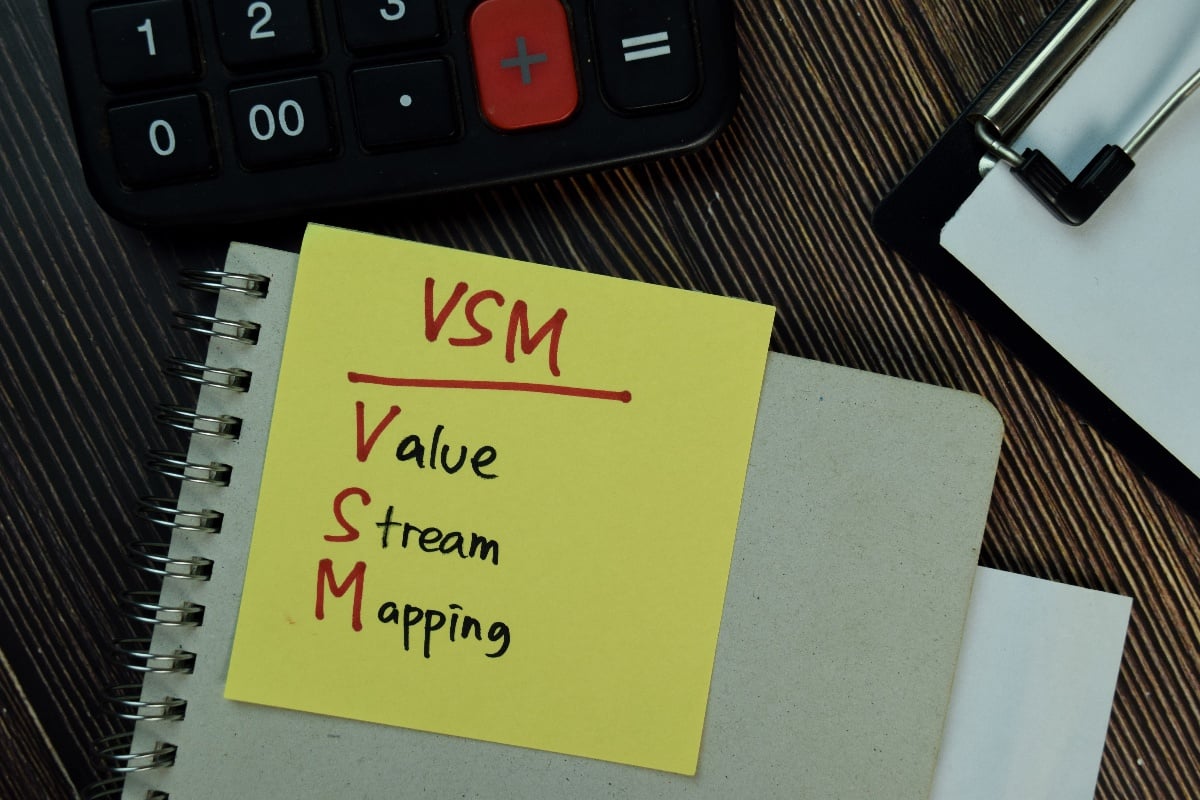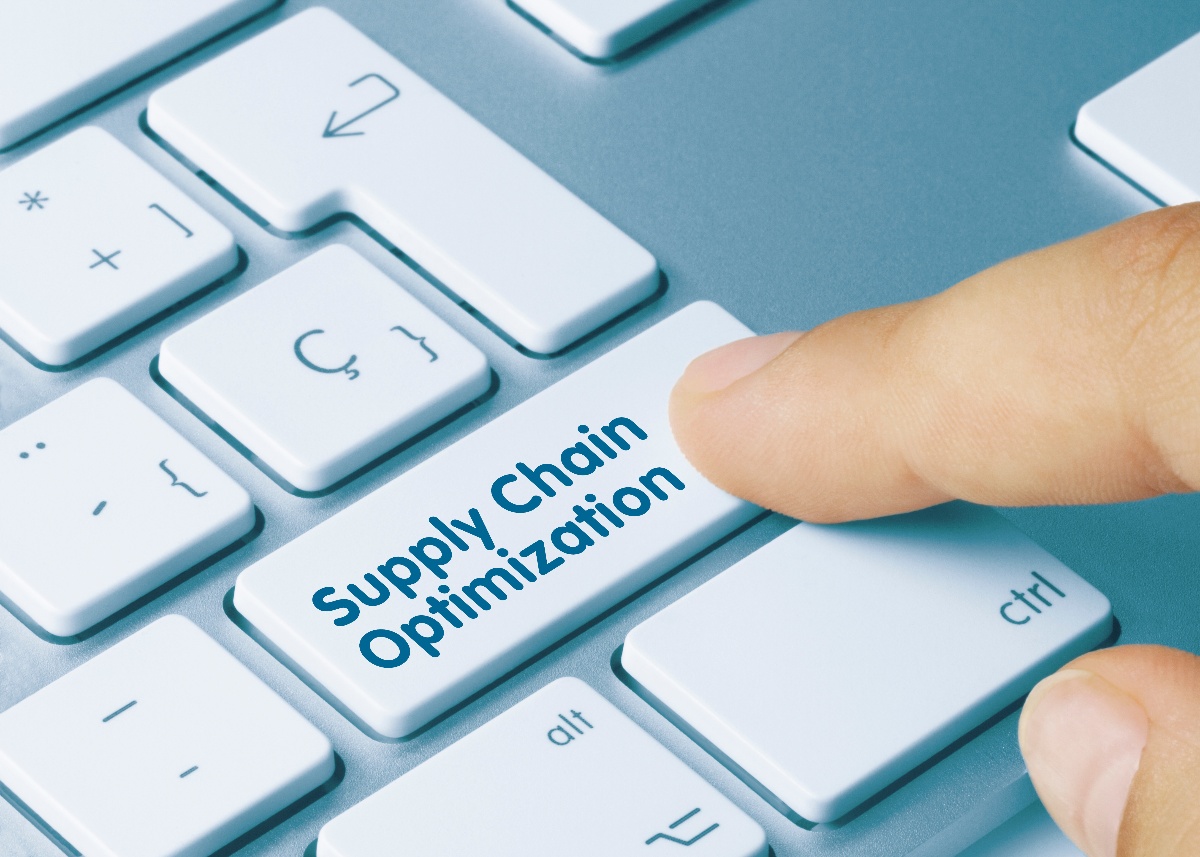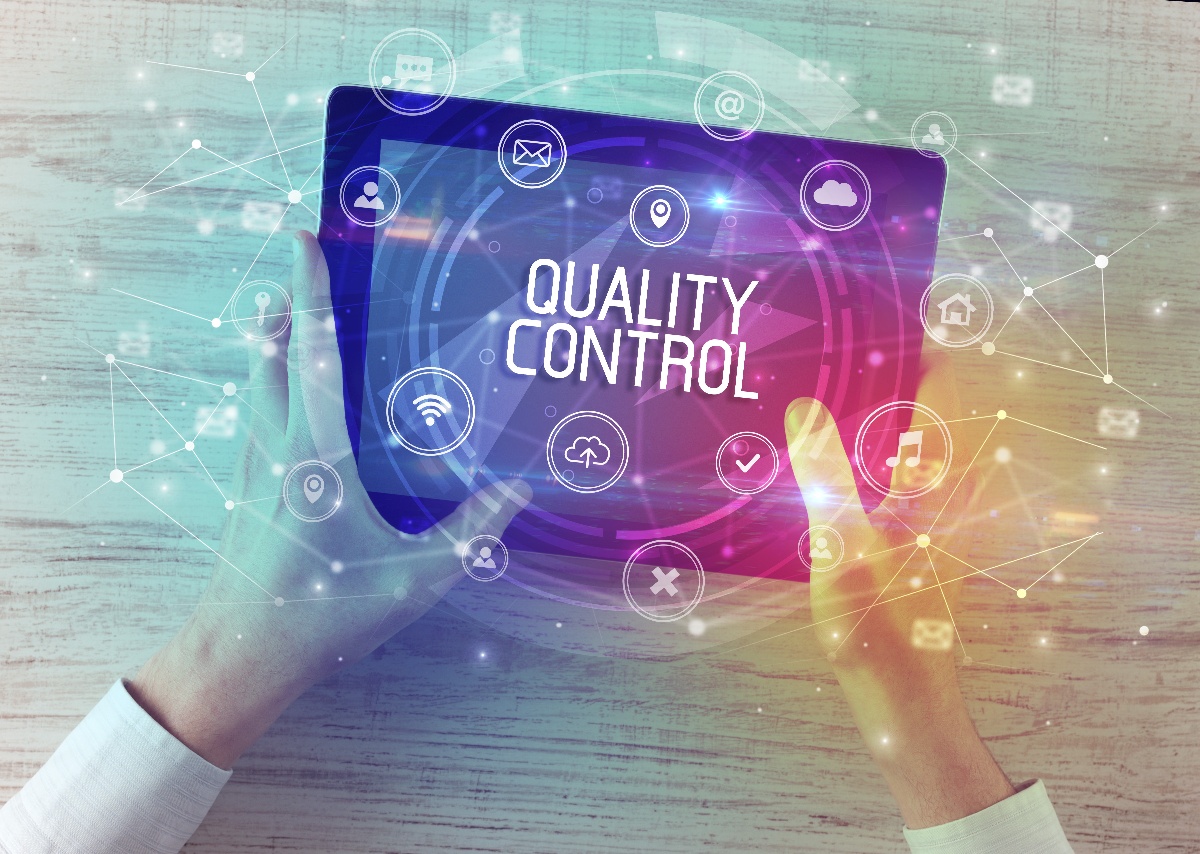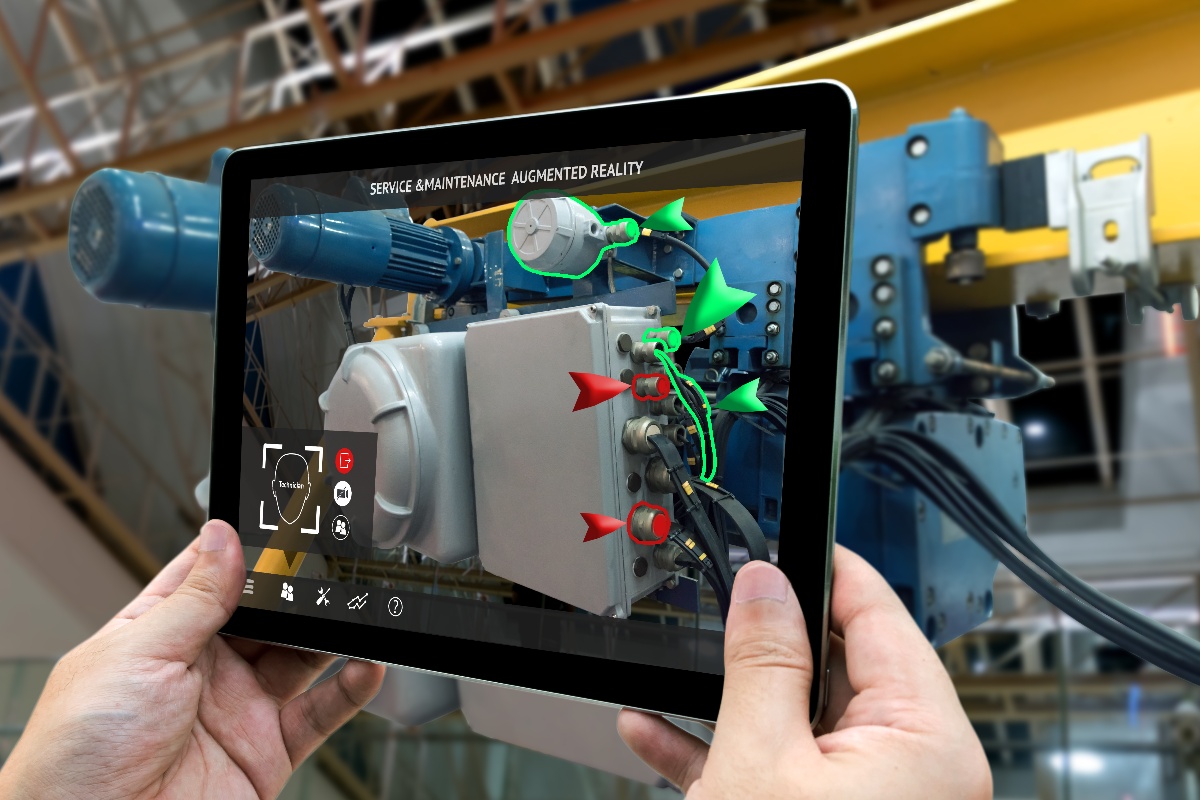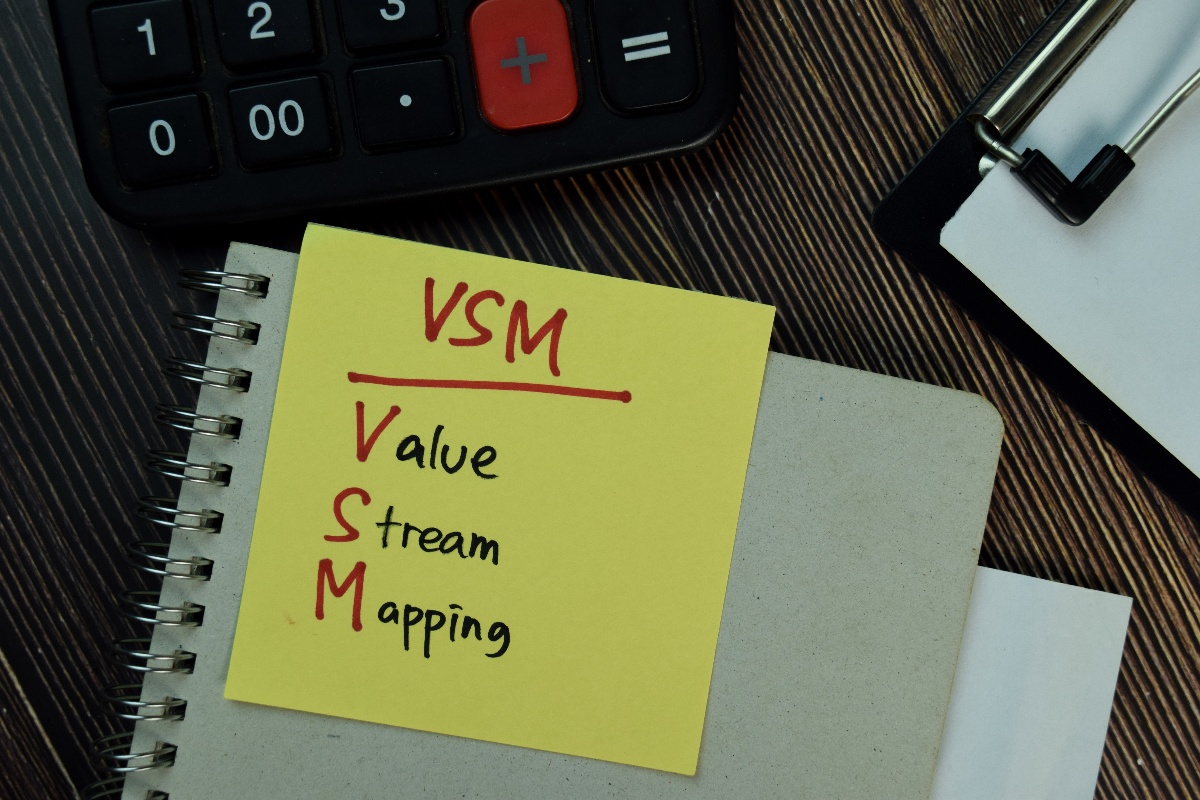
In an era where manufacturing industries are continually pushed towards peak efficiency, optimal productivity, and stringent timelines, the tools we use to understand and optimize processes have never been more critical.
Enter Value Stream Mapping (VSM) – a lean-management method aimed at analyzing the current state and designing a future state for the series of events that take a product from its beginning through to the customer.
This article delves deep into the intricacies of Value Stream Mapping, shedding light on its importance, methodologies, and the undeniable advantages it brings to manufacturing processes. Whether you're a novice seeking a comprehensive understanding or an expert looking for advanced insights, this piece is tailored to guide you through the transformative journey of VSM in the world of manufacturing.
What is Value Stream Mapping and Why is it Important?
Value Stream Mapping is a lean tool that involves diagramming every step in the material and information flows required to bring a product from order to delivery. It serves as a flowchart that documents each process step, combining material processing steps with information flow, along with other important related data. The primary aim is to identify and eliminate waste in the process, thereby enhancing efficiency.
In the realm of manufacturing, VSM is a fundamental tool used for continuous improvement. It helps in reducing process cycle times and implementing process improvements. VSM is particularly crucial for organizations that aim to plan, implement, and improve their processes while on their lean journey. It allows users to create a solid implementation plan that maximizes available resources and ensures efficient use of materials and time.
VSM is not just about optimizing individual processes; it's about improving the whole system. Taking a value-stream perspective means focusing on the big picture, ensuring that improvements in one area don't create inefficiencies in another. This holistic approach is what sets VSM apart from other process mapping techniques.
The concept of Value Stream Mapping was developed by Toyota and is a critical part of the Toyota Production System. Toyota refers to it as a material and information flow diagram. The tool has been instrumental in Toyota's efforts to identify and eliminate waste, contributing to the company's renowned efficiency and effectiveness in manufacturing.
The Process of Value Stream Mapping
Creating a Current State Map
The first step in the Value Stream Mapping process is to create a "current state map." This involves capturing the actual condition of a value stream's material and information flow. A team of experts usually undertakes this task, meticulously documenting every step involved in bringing a product from order to delivery. The current state map serves as a snapshot of existing processes, helping to identify bottlenecks, inefficiencies, and waste.
Drawing a Future State Map
Once the current state map is established, the next step is to draw a "future state map." This map serves as a target image, outlining how material and information should ideally flow through the value stream. It is essentially a blueprint for improvement, highlighting areas where changes need to be made to achieve optimal efficiency. The future state map is crucial for setting actionable goals and serves as a guide for the implementation of lean principles.
Iterative Process for Continuous Improvement
The process of creating current and future state maps is not a one-time activity but an iterative process. By repeatedly going through these steps, teams can continually refine their understanding of the value stream. This iterative approach is the simplest and best way to teach yourself and your colleagues how to see value, thereby fostering a culture of continuous improvement.
Where to Start?
Selecting a Product Family
The first step in initiating a Value Stream Mapping process is to select a specific product family. This focus allows the team to concentrate on a particular set of processes and flows that are relevant to that product, making the mapping exercise more manageable and targeted.
Having One Person Lead the Mapping Effort
It's crucial to have one person personally lead the mapping effort. This individual will serve as the project manager, ensuring that the team stays on track and that the objectives of the VSM are met. Having a single point of leadership helps in maintaining the focus and direction of the mapping exercise.
Beginning at the "Door-to-Door" Level
The VSM process should begin at the "door-to-door" level to capture the complete flow of materials and information. This comprehensive approach ensures that no steps are missed and that the entire value stream, from raw material to the customer, is accounted for. It forms the basis of an implementation plan and serves as a blueprint for lean implementation.
Consider Both Material and Information Flow
While mapping, it's important to consider both the material flow and the information flow. This dual focus provides a more holistic view of the system, showing the linkage between material and information, which is essential for a successful VSM.
Starting a Value Stream Mapping process involves careful planning and leadership. By following these initial steps, manufacturing engineers can set the stage for a successful mapping exercise aimed at process optimization and waste elimination.
Value Stream Mapping in Rope Manufacturing: A Case Study
A rope manufacturing company operated in a highly competitive market, necessitating continuous process improvements to maintain a loyal customer base. The company specializes in producing various types of ropes, including twisted, stranded, braided, and spliced ropes. They have a complex production flow that involves multiple departments and activities, from raw material procurement to final product shipping.
The company's production process is organized into several key activities, such as setting up the twisting process, shift scheduling, and assigning process work. Each of these activities has its own set of challenges and time requirements. For instance, raw materials like fibers are stored in a warehouse for a week before being used in the twisting process. The rope supervisor is responsible for creating the weekly production schedule, which takes approximately 2 hours. Additionally, the shift supervisor assigns work to various departments, each taking about 5 minutes for assignment.
The company has been facing challenges related to inefficiencies and waste, affecting its ability to deliver orders promptly. These challenges have led the company to explore Lean methodologies, specifically Value Stream Mapping, to identify and eliminate waste and improve overall efficiency.
Problem
The rope manufacturing process faced several inefficiencies that needed to be addressed for better performance. Seven types of waste were identified, including overproduction, waiting, unnecessary motion, extra processing, inventory, extra movement of employees and equipment, and defects. These inefficiencies were hindering the overall productivity and causing delays in order delivery.
Solution
To address these issues, a current state value stream map was created to capture the existing conditions. This was followed by a future state map that suggested possible improvements. The focus was not merely on eliminating waste but on optimizing the entire value flow. The methodology was specifically tailored for Lean implementation in the rope manufacturing industry, examining a 12-strand rope production cell.
Results
After implementing the suggested improvements, the manufacturing process became significantly more efficient. Waste was eliminated, and structural revisions were made, leading to faster order deliveries for customers. The results were documented in a future state map, which now serves as a blueprint for ongoing improvements in the manufacturing process.
This case study illustrates the effectiveness of Value Stream Mapping in diagnosing problems, providing actionable solutions, and delivering tangible results in the manufacturing sector.
By prioritizing transparency, promoting a holistic view of processes, and emphasizing continuous improvement, VSM is more than just a tool—it's a mindset that fosters excellence. As manufacturing landscapes become increasingly competitive, adopting and mastering methodologies like VSM becomes not just an advantage but an imperative. Embracing this lean-management method ensures not only the survival but the thriving of enterprises in the dynamic world of manufacturing.

